Truffles in Kentucky
Eleven months ago I met Margaret Townsend in Arkansas, and she mentioned her truffle orchard. I knew then that I wanted to write a story about her and the American truffle industry. (Yes, it exists. Sort of.)
It has taken this long, a mountain of phone calls and emails and one frigid trip to rural Kentucky, but I am so excited to share the final product. I'll let it speak for itself.
(It will also be in the print edition on February 12.)
Wall Street Journal
The Elusive American Black Truffle
Three decades after farmers first cultivated Périgord truffles in the U.S., no one has succeeded commercially. These intrepid growers are still pursuing the prize.
Feb. 10, 2018 7:01 a.m. ET
On a frigid winter day in southern Kentucky, Margaret Townsend crisscrossed her family’s farm, following Monza, a truffle-sniffing dog hired for the day.
They were hoping to find black Périgord truffles growing in the roots of the 4,800 hazelnut and oak seedlings Ms. Townsend planted in 2011, after her father read an article about cultivating the fungi. Ms. Townsend, an industrial engineer and a former executive at Microsoft Corp. and General Electric Co. , hasn’t had a harvest yet from the trees, inoculated with truffle spores before planting. But she’s undeterred as truffles take on average five to seven years to come to fruition.
“There have only been two times I sat down in the field and cried,” she says. “Only two in six years is not bad. It has been more fun than not.”
Three decades after farmers first cultivated truffles in the U.S., no one has had long-term success growing them commercially. Those in the business estimate that only around 25 orchards in the U.S. are producing any volume of Périgord truffles today, most bringing in just a few pounds per season. The venture is expensive. It costs $12,000 to $14,000 per acre to establish an orchard, plus $2,000-$3,000 per acre annually to maintain, says Charles Lefevre, a mycologist and founder of the seedling nursery New World Truffieres in Eugene, Ore.
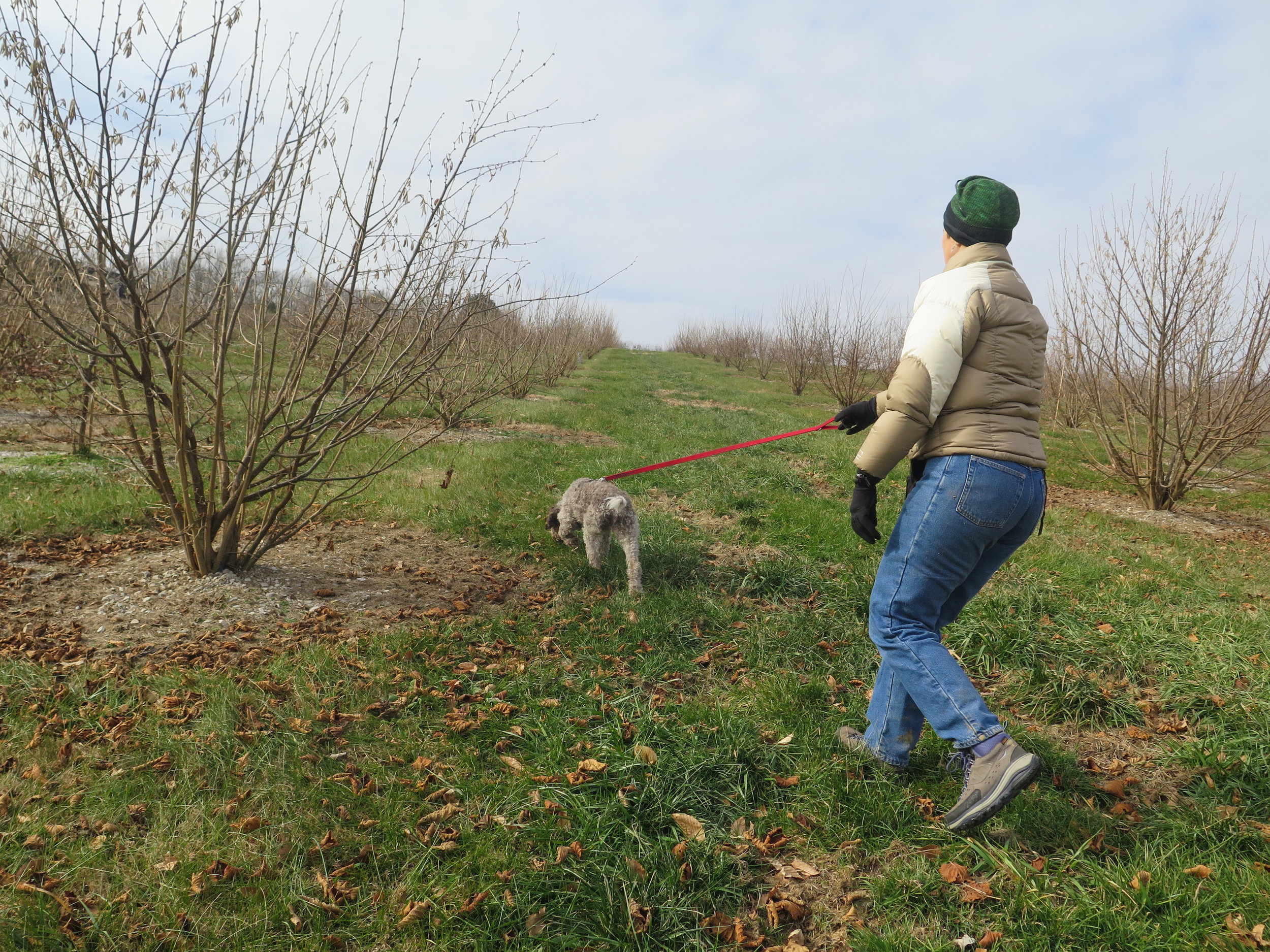
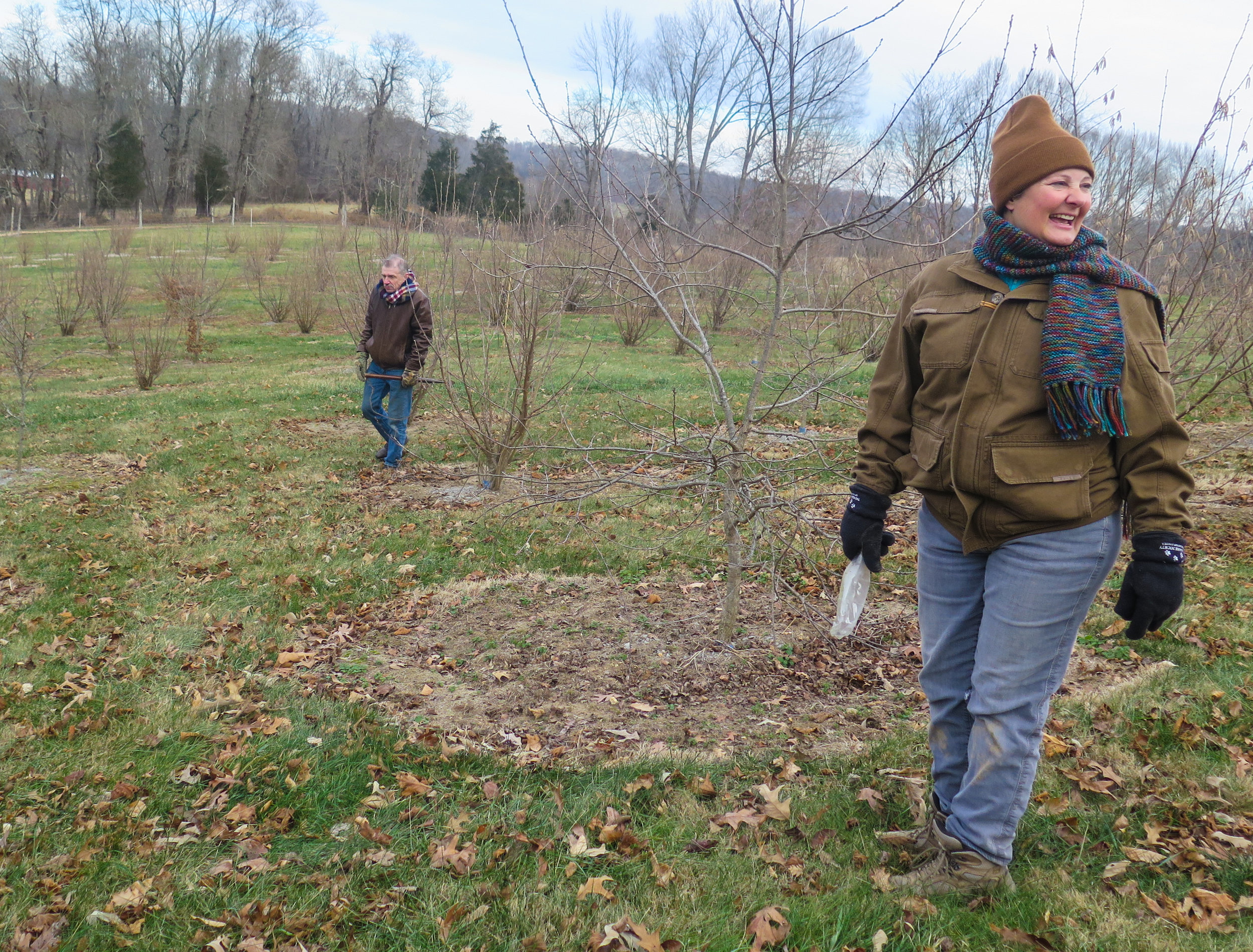
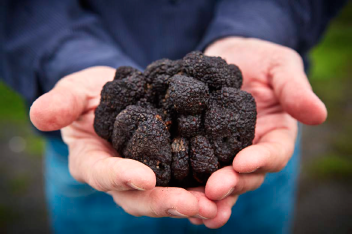

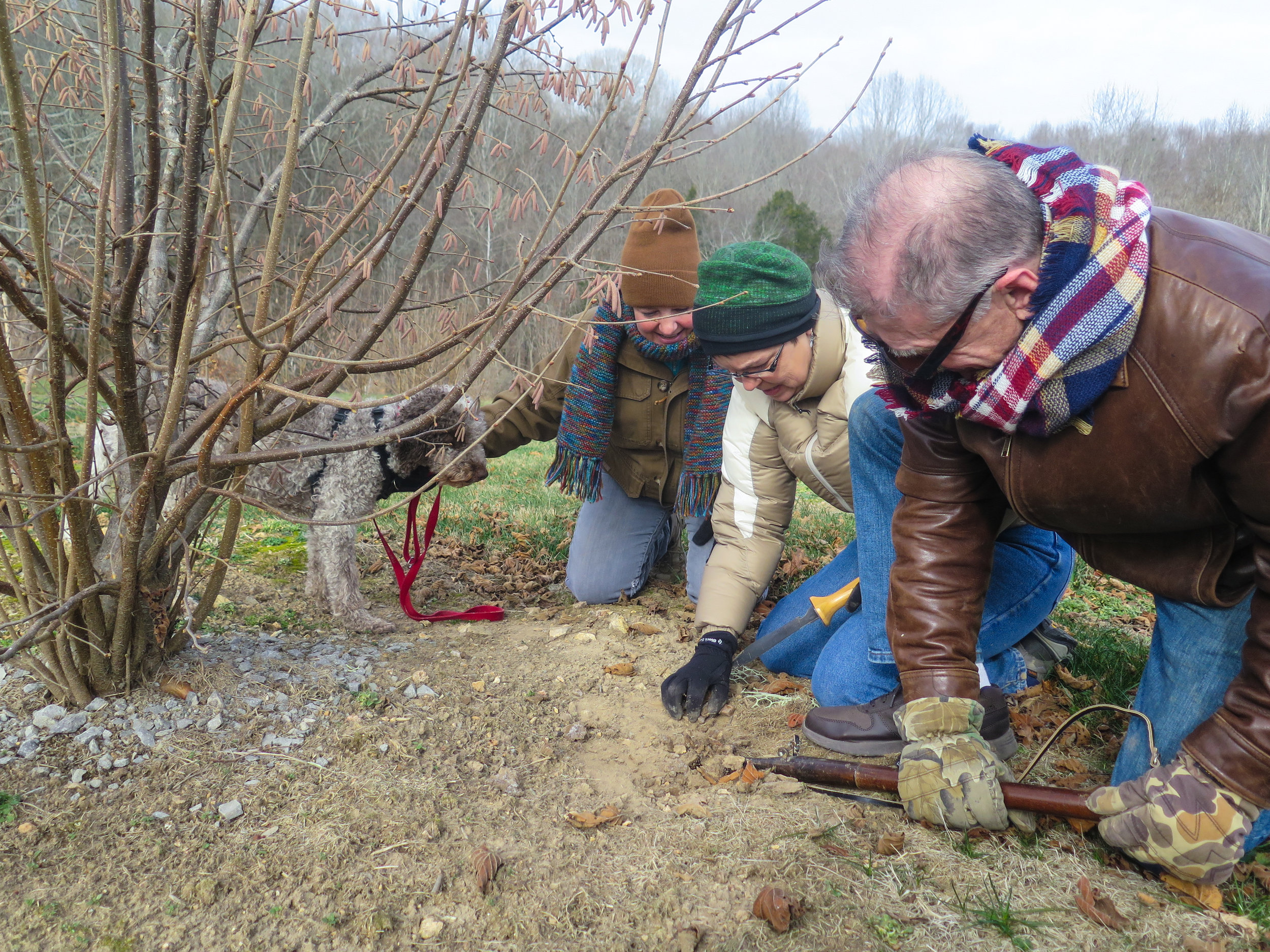
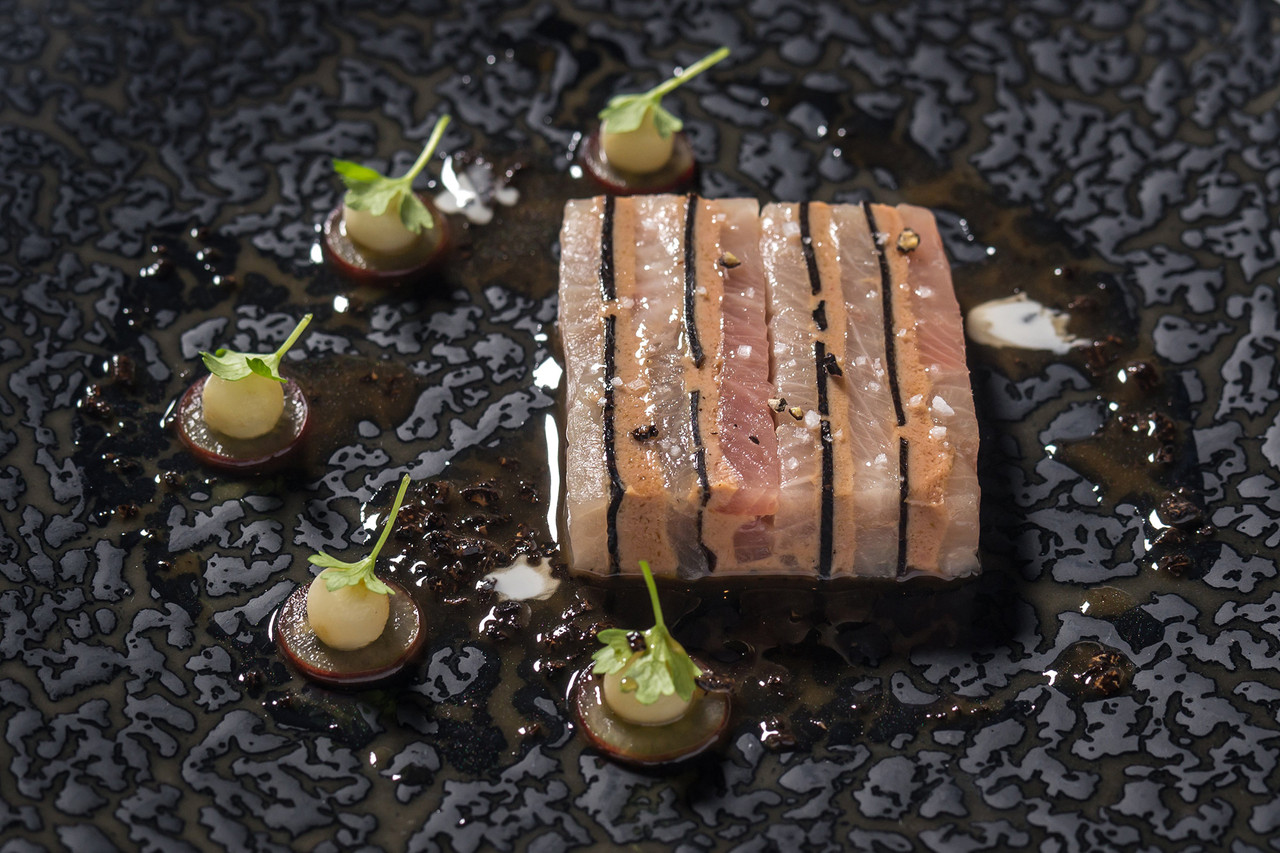
Finding the formula for successful truffle farming is a tantalizing goal for would-be growers in the U.S., who range from fungi scientists to vineyard owners to former tech executives. Among the hundreds of species of these underground fungi, only a handful have true culinary value. Two, with earthy aromas, are prized above all: the French black Périgord, or tuber melanosporum, which sells for $800-$900 per wholesale pound and the Italian white Alba, or tuber magnatum pico, which runs $3,000-$4,000 per pound.
Traditionally these delicacies were only found in the wild. Today, the white truffle continues to elude cultivation. However, outside of the black Périgord’s native France, producers in Spain and Australia have succeeded in growing large volumes of the truffles also known as black diamonds.
American demand is growing. About 426 tons of fresh, canned and dried truffles were brought into the U.S. in 2017 according to the Department of Agriculture, up 75% from 2010. Fresh imported truffles usually take at least four days to get to the U.S., giving chefs a short window to use the highly perishable commodity.
Aspiring U.S. truffle farmers have faced steep hurdles. Getting a foothold in this risky venture requires big money up front and the ability to wait years for a crop that may never materialize. Many blame the lack of large American volume on the challenges presented by indigenous pests, natural fungi competitors and diseases. Reliable scientific information on basics like soil chemistry needed for truffles is hard to come by, and there is little funding for U.S. research on this exotic crop.
Ms. Townsend says she has struggled to find a consensus on basic techniques among successful growers around the world. Even in Manjimup, Australia, a hotbed of truffle production, opinions vary. Al Blakers, owner of Manjimup Truffles, has had a commercial Périgord truffle harvest for 12 years, producing just under 2 tons last year. Even though he and a nearby grower do things quite differently, he says they are both getting good results. “The actual truffle growing is not that difficult,” he says. “It’s all the other aspects that come into it, like weed and pest control that will affect how your truffle comes out.”
Back in 2007, it seemed that Tom Michaels, an expert in button mushrooms, had cracked the code for producing American truffles. He planted his truffle orchard in Tennessee where he believed the soil and climate echoed that of the Périgord region of France. His bet paid off, for a time. The Chuckey, Tenn., operation produced about 200 pounds per season at peak and seemed to prove the possibility of commercial viability.
He also showed Tennessee truffles could hold their own against the international incumbents. Gabriel Kreuther, the French chef and owner of his eponymous New York restaurant known for his truffle dishes, says he was “beautifully, pleasantly surprised” by the quality of the Tennessee Périgords.
Then a hazelnut blight hit the East Coast, and by 2016 nearly all of Mr. Michaels’s truffle-producing trees had died. He is disappointed in the state of the industry. “There are so many unknowns. You’re dealing with such a paucity of knowledge,” he says. Basic soil chemistry that traditional farmers normally know off the tops of their heads like proper nitrogen and phosphorous levels are still up for debate when it comes to truffle cultivation, he says.
Does Mr. Michaels really understand how to grow truffles, for all his experience? “Kind of,” he says.
“We’re sort of writing our own book right now,” says Brian Malone, truffle orchard and vineyard manager at Jackson Family Wines in Santa Rosa, Calif. The farm harvested its first truffles last February after six years.
Robert Chang, who founded the American Truffle Company in 2007 after leaving his director post at Yahoo Inc., touts a scientific approach. “I think we still have a ways to go, but we are definitely well past the first adoption,” he says. The company offers a partnership model to its clients.
Tom Michaels’s success continues to spur hope. In Kentucky, Ms. Townsend hired him in December to consult on her first truffle hunt, along with the dog Monza and her trainer from Truffle Dog Company. Monza is a curly-haired Lagotto Romagnolo, an Italian breed that has been truffle-hunting for centuries. Trained dogs can determine truffle ripeness in a way humans haven’t replicated.
Ms. Townsend, a senior vice president at J.B. Hunt Transport in Arkansas, leased 48 acres of land from her parents and planted the seedlings on 24 acres to allow for a buffer from the native woods nearby. Her late father shared her enthusiasm for the venture she named NewTown Truffiere, building a noise-making device to scare off deer nibbling the fledgling trees.
On this debut outing, Monza didn’t find any Périgords, though she did sniff out one native truffle without much value. She’s scheduled for a return visit later this month.
Ms. Townsend says she set aside $250,000 for her truffle-growing venture and has spent twice that. “I’m still happy with the investment and having fun with it,” she says. “Like anything, you’ve got to be sure you’ve got wiggle room because whatever you think it’s going to be, you’ve got to figure it’s going to be more.”